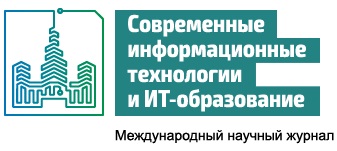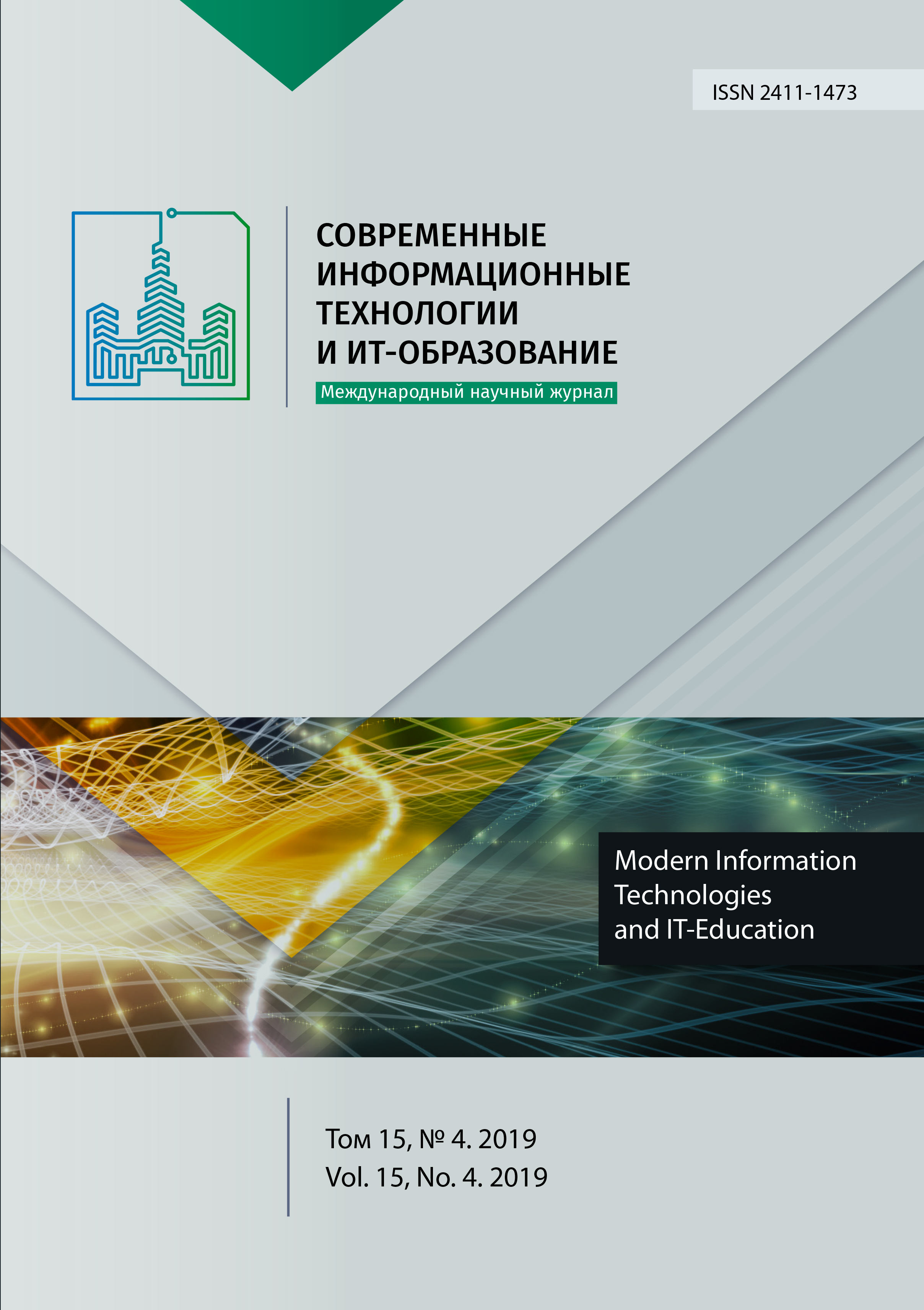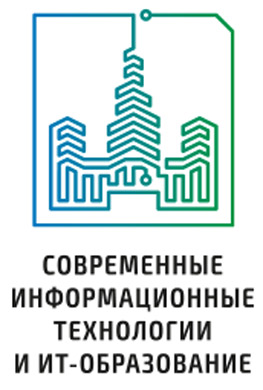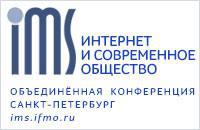Многослойный метод идентификации характеристик ползучести в интервале напряжений для задачи разрушения металлов в условиях ползучести
Аннотация
В статье рассматривается коэффициентная обратная задача идентификации характеристик ползучести металлических конструкций, деформируемых в условиях высокотемпературной ползучести. Деформирование в условиях ползучести широко применяется в различных задачах машиностроения, в том числе формообразовании элементов конструкций и расчета длительной прочности. Явление ползучести проявляют большинство известных материалов, в том числе металлы, бетон и композиты. При этом не существует единой теории ползучести, что объясняется сложностью описываемого процесса. Определяющие уравнения ползучести, как правило, содержат набор настраиваемых параметров (материальных констант) необходимых к идентификации. Существует ряд методов определения материальных констант, но большинство из них подходят только для узких классов моделей ползучести. В предыдущих работах авторы предложили метод многослойных функциональных систем, который в сочетании с нейросетевой технологией приводил к оригинальному подходу в приложении глубоких нейронных сетей к построению приближенных решений дифференциальных уравнений. Он сочетает гибкость глубоких полуэмпирических нейронных сетей и быстродействие традиционных численных методов решения задачи Коши и обратных задач. Применительно к задаче идентификации моделей ползучести многослойный метод позволяет естественным образом получать глубокие сети, дающие приближенное решение рассматриваемой задачи с явным вхождением материальных констант. С использованием построенного многослойного решения идентификация материальных констант сводится к приближению экспериментальных данных, например, по методу наименьших квадратов. Преимущества многослойного метода показаны при решении задачи идентификации для интервала напряжений материальных констант модели ползучести, описывающей растяжение образцов из стали 45 при постоянных напряжении и температуре T = 850°С. Проводится анализ результатов и сопоставление полученных расчетных данных с экспериментальными данными и результатами других авторов.
Литература
[2] Fridman Ya.B. Mekhanicheskiye svoystva metallov. V dvukh chastyakh. Chast’ vtoraya. Mekhanicheskiye ispytaniya. Konstruktsionnaya prochnost’ [Mechanical Properties of Metals. Part 2. Mechanical Tests. Structural Strength]. Mashinostroenie, Moscow, 1974. (In Russ.)
[3] Simonyan A.M. Nekotoryye voprosy polzuchesti [Some questions of creep]. Gitutiun, Yerevan, 1999. (In Russ.)
[4] Sosnin O.V., Gorev B.V., Nikitenko A.F. Energeticheskiy variant teorii polzuchesti [Energy Variant of Creep Theory]. Inst. of Hydrodynamics, USSR Acad. of Sci., Novosibirsk, 1986. (In Russ.)
[5] Vasilyev А.N., Kuznetsov E.B., Leonov S S. Nejrosetevoj metod identifikatsii i analiza modeli deformirovaniya metallicheskikh konstruktsij v usloviyakh polzuchesti [Neural network method of identification and analysis of the model of deformation of metal structures under creep conditions]. Sovremennye informacionnye tehnologii i IT-obrazovanie = Modern Information Technologies and IT-Education. 2015; 2(11):360-370). Available at: https://www.elibrary.ru/item.asp?id=26167516 (accessed 16.08.2019). (In Russ.)
[6] Kuznetsov E.B., Leonov S.S., Tarkhov D.A., Vasilyev A.N. Multilayer method for solving a problem of metals rupture under creep conditions. Thermal Science. 2019; 23(Suppl. 2):S575-S582. (In Eng.) DOI: 10.2298/TSCI19S2575K
[7] Lazovskaya T., Tarkhov D. Multilayer neural network models based on grid methods. IOP Conf. Series: Materials Science and Engineering. 2016; 158:012061. (In Eng.) DOI: 10.1088/1757-899X/158/1/012061
[8] Lazovskaya T., Tarkhov D., Vasilyev A. Multi-Layer Solution of Heat Equation. In: Kryzhanovsky B., Dunin-Barkowski W., Redko V. (eds) Advances in Neural Computation, Machine Learning, and Cognitive Research. NEUROINFORMATICS 2017. Studies in Computational Intelligence, vol. 736. Springer, Cham, 2018. (In Eng.) DOI: 10.1007/978-3-319-66604-4_3
[9] Vasilyev A.N., Tarkhov D.A., Tereshin V.A., Berminova M.S., Galyautdinova A.R. Semi-empirical Neural Network Model of Real Thread Sagging. In: Kryzhanovsky B., Dunin-Barkowski W., Redko V. (eds) Advances in Neural Computation, Machine Learning, and Cognitive Research. NEUROINFORMATICS 2017. Studies in Computational Intelligence, vol. 736. Springer, Cham, 2018. (In Eng.) DOI: 10.1007/978-3-319-66604-4_21
[10] Zulkarnay I.U., Kaverzneva T.T., Tarkhov D.A., Tereshin V.A., Vinokhodov T.V., Kapitsin D.R. A two-layer semi-empirical model of nonlinear bending of the cantilevered beam. Journal of Physics: Conference Series. 2017; 1044(conference 1):012005. (In Eng.) DOI: 10.1088/1742-6596/1044/1/012005
[11] Bortkovskaya M.R., Vasilyev P.I., Zulkarnay I.U., Semenova D.A., Tarkhov D.A., Udalov P.P., Shishkina I.A. Modeling of the membrane bending with multilayer semi-empirical models based on experimental data. In: CEUR Workshop Proceedings: Proceedings of the II International scientific conference "Convergent cognitive information technologies" (Convergent’2017), Moscow, Russia, November 24-26, 2017, vol. 2064, 2017, pp. 150-156. Available at: http://ceur-ws.org/Vol-2064/paper18.pdf (accessed 16.08.2019). (In Eng.)
[12] Rabotnov Yu.N. Creep Problems in Structural Members. North-Holland Publishing Company, Amsterdam/London. 1969. (In Eng.) DOI: 10.1002/zamm.19710510726
[13] Gorev B.V., Zakharova T.E., Klopotov I.D. On description of creep and fracture of the materials with non-monotonic variation of deformation-strength properties. Physical Mesomechanics. 2002; 5(2):17-22. Available at: https://elibrary.ru/item.asp?id=12912517 (accessed 16.08.2019). (In Russ., abstract in Eng.)
[14] Gorev B.V.,Lyubashevskaya I.V., Panamarev V.A.,Iyavoynen S.V. Description of creep and fracture of modern construction materials using kinetic equations in energy form.Journal of Applied Mechanics and Technical Physics. 2014; 55(6):1020-1030. (In Eng.) DOI: 10.1134/S0021894414060145
[15] Kuznetsov E.B., Leonov S.S. Technique for selecting the functions of the constitutive equations of creep and long-term strength with one scalar damage parameter. Journal of Applied Mechanics and Technical Physics. 2016; 57(2):369-377. (In Eng.) DOI: 10.1134/S0021894416020218
[16] Kuznetsov E.B., Leonov S.S. Examples of parametrization of the Cauchy problem for systems of ordinary differential equations with limiting singular points. Computational Mathematics and Mathematical Physics. 2018; 58(6):914-933. (In Eng.) DOI: 10.1134/S0965542518060076
[17] Panteleyev A.V., Letova T.A. Metody optimizatsii v primerakh i zadachakh [Optimization methods in the examples and problems]. Vysshaya shkola, Moscow. 2005. Available at: https://elibrary.ru/item.asp?id=21462687 (accessed 16.08.2019). (In Russ.)
[18] Kuznetsov E.B., Leonov S.S. On the analytical solution of one creep problem. Zhurnal Srednevolzhskogo Matematicheskogo Obshchestva = Middle Volga Mathematical Society Journal. 2018; 20(3):282-294. Available at: https://www.elibrary.ru/item.asp?id=36328837 (accessed 16.08.2019). (In Russ., abstract in Eng.)
[19] Panteleyev A.V. Metaevristicheskiye algoritmy poiska global'nogo ekstremuma [Metaheuristic algorithms for finding the global extremum]. MAI-PRINT, Moscow. 2009. Available at: https://elibrary.ru/item.asp?id=24226401 (accessed 16.08.2019). (In Russ.)

Это произведение доступно по лицензии Creative Commons «Attribution» («Атрибуция») 4.0 Всемирная.
Редакционная политика журнала основывается на традиционных этических принципах российской научной периодики и строится с учетом этических норм работы редакторов и издателей, закрепленных в Кодексе поведения и руководящих принципах наилучшей практики для редактора журнала (Code of Conduct and Best Practice Guidelines for Journal Editors) и Кодексе поведения для издателя журнала (Code of Conduct for Journal Publishers), разработанных Комитетом по публикационной этике - Committee on Publication Ethics (COPE). В процессе издательской деятельности редколлегия журнала руководствуется международными правилами охраны авторского права, нормами действующего законодательства РФ, международными издательскими стандартами и обязательной ссылке на первоисточник.
Журнал позволяет авторам сохранять авторское право без ограничений. Журнал позволяет авторам сохранить права на публикацию без ограничений.
Издательская политика в области авторского права и архивирования определяются «зеленым цветом» в базе данных SHERPA/RoMEO.
Все статьи распространяются на условиях лицензии Creative Commons «Attribution» («Атрибуция») 4.0 Всемирная, которая позволяет другим использовать, распространять, дополнять эту работу с обязательной ссылкой на оригинальную работу и публикацию в этом журналe.













